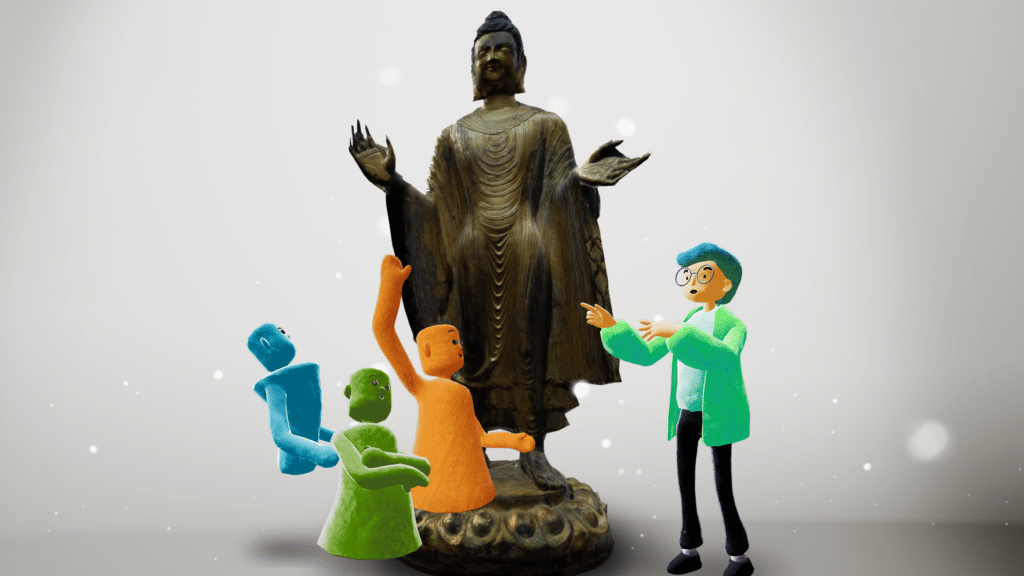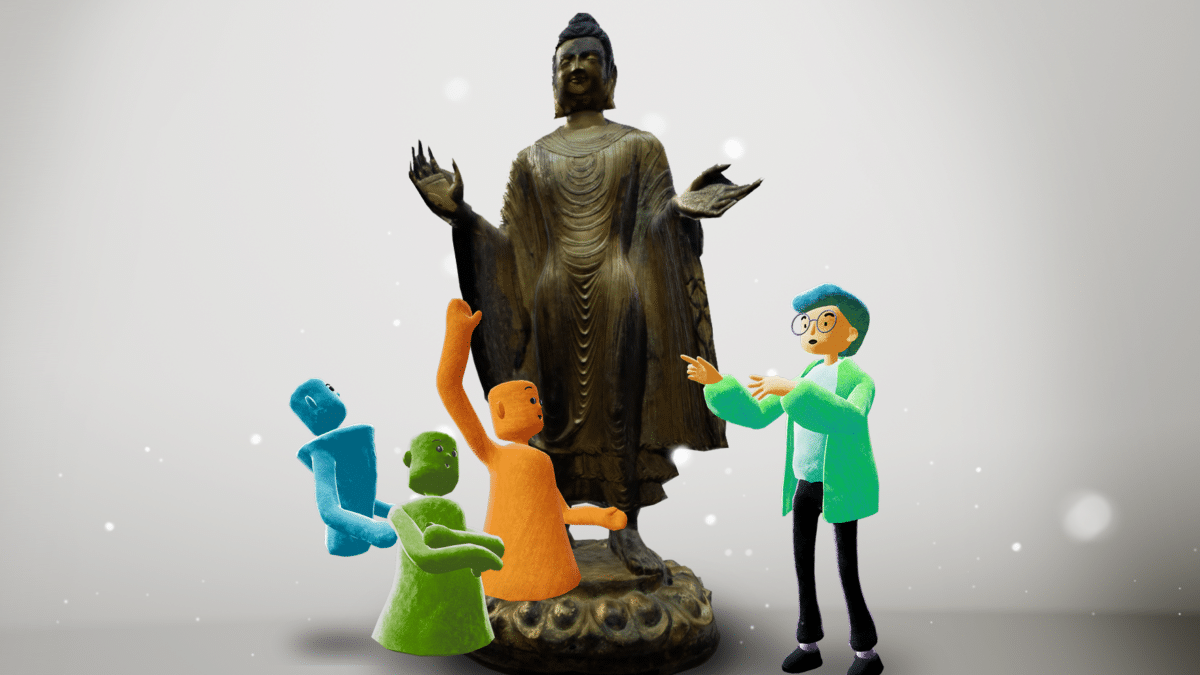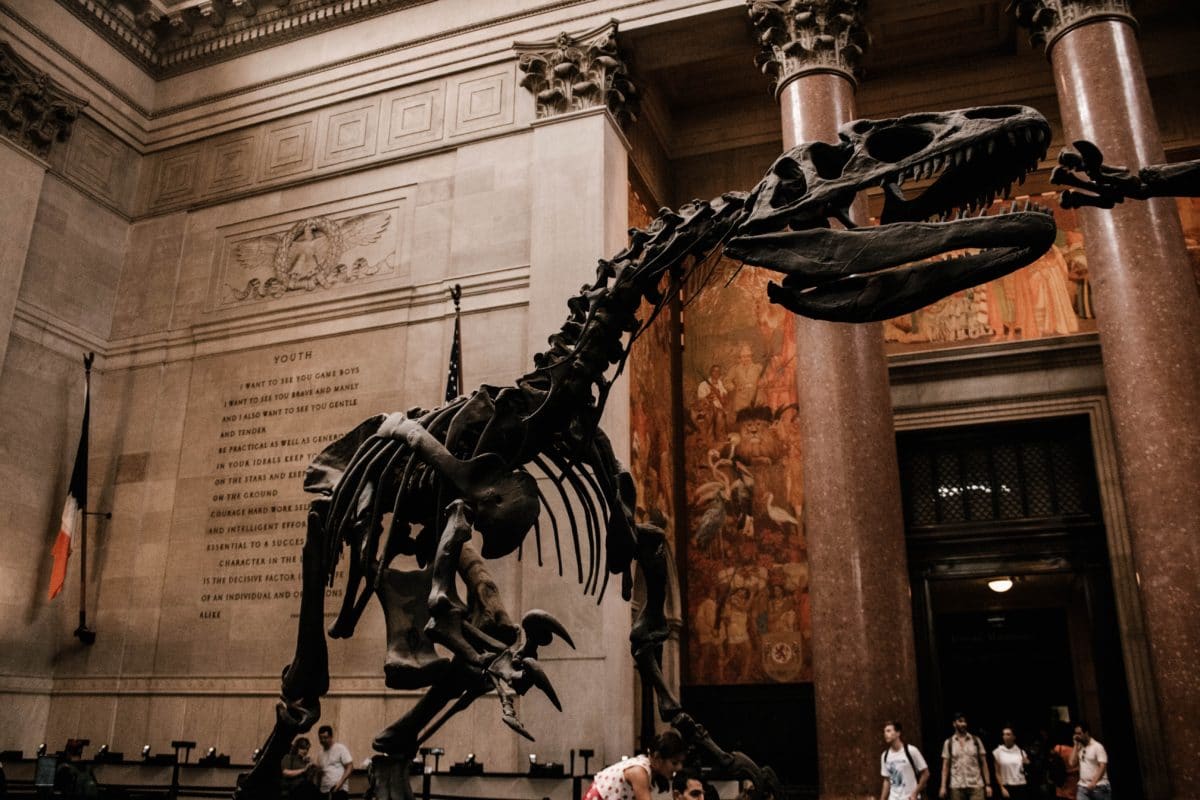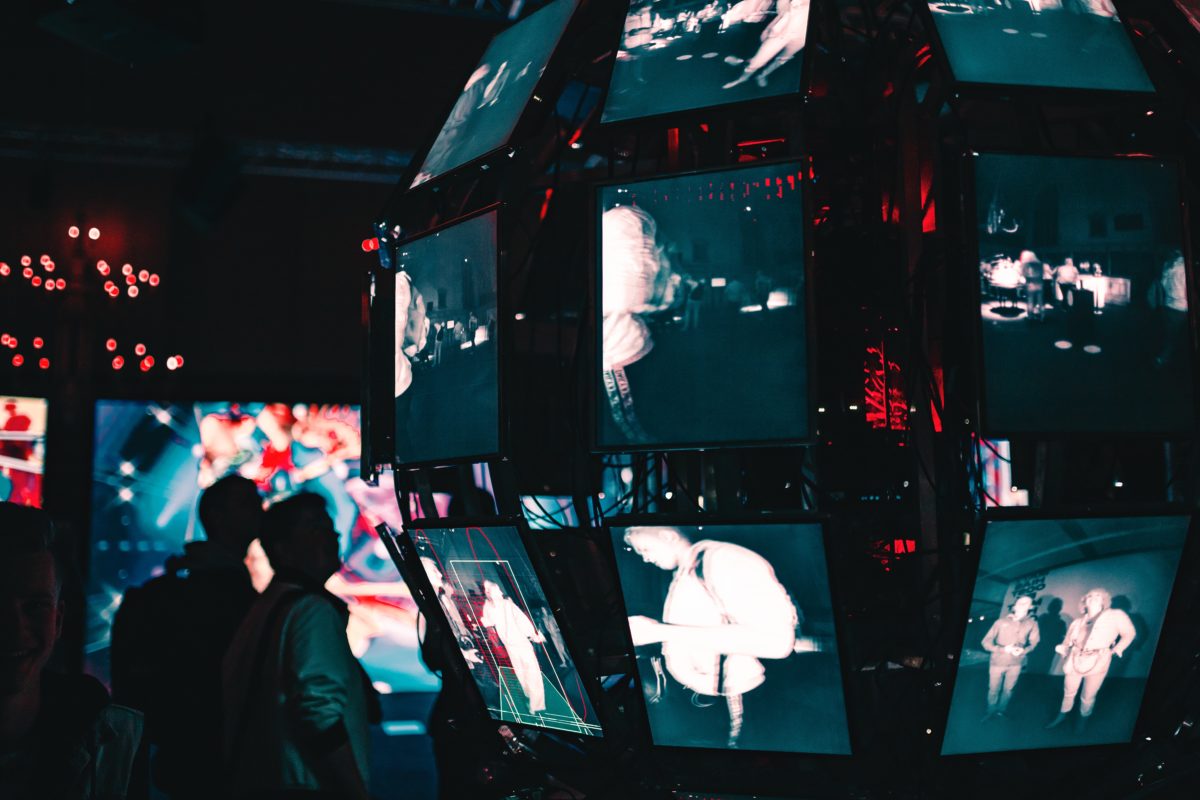Our Tour Guides are central to the Curatours experience, greeting, helping and guiding visitors on live & pre-recorded tours – we’re working hard to finesse how they appear.
Curatours is constantly changing and evolving as we develop the platform, and move towards a public beta in the later part of the year. This will be the last phase before our global launch, when we open up the platform to a number of early-access users, who will help us make any final tweaks and changes needed to make sure Curatours works as well as possible for as many users as possible. As an organisation, we favour a way of working known as user-centred design – basically, we create our products by thinking constantly about the needs of the people who will be using them. This means we test all our creations extensively with users, and then go through cycles of development, refinement and iteration based on their feedback
We now find ourselves at a stage where a lot of the original placeholder elements that are featured within Curatours need to be worked up in more detail. As we’ve been demoing to potential partners over the past few months, we’ve been gathering feedback, and taking the opportunity to really listen and learn to our partners. We question all of our design decisions based on their feedback, and then reflect and iterate based on the information they’ve provided to us
Our Tour Guides are central to the Curatours experience, greeting, helping and guiding visitors on live and pre-recorded tours. We’re working hard to finesse how these important figures will appear to our users. We want to make sure that our Tour Guide Avatars are visually distinctive as a group leader, and that they appear friendly, knowledgeable and trustworthy.
Other considerations include;
Our Tour Guides will be appearing in lots of different environments;
We want to keep the artefacts and stories as our central focus;
We don’t want to wander into the uncanny valley, with an avatar that is human-looking but not quite human enough, creating a sense of unease for visitors;
We want our Tour Guides to look like they come from the same visual universe as our very lovely visitor avatars

We’re really excited to share with you some of our new work-in-progress visuals. If you’ve seen any of our YouTube videos, you might be familiar with the image on the left. The image on the right shows our new and updated Tour Guide design. We’ll continue to develop these characters, and plan to add in different options so that a guide can choose how they’d like to be represented in the app.
Approachable, friendly and a colourful cloud of knowledge.

What do you think of our new Tour Guide? Let us know!




